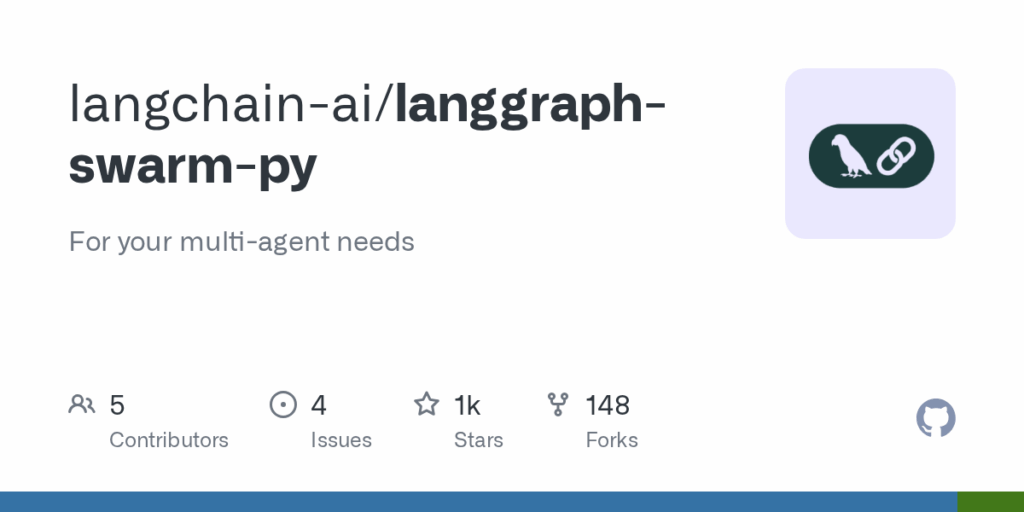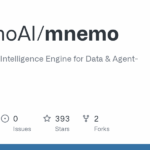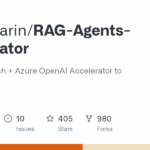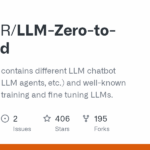langgraph swarm py
Basic Information
This repository provides a Python library for building swarm-style multi-agent systems on top of LangGraph. It is intended for developers who want to create agent applications where specialized agents dynamically hand off control to one another based on their roles, and where the system remembers which agent was last active so conversations resume with that agent. The package exposes helpers like create_swarm, create_handoff_tool and patterns for creating react-style agents, and compiles to a StateGraph that must be compiled with optional checkpointers or stores for persistence. The README includes a quickstart using ChatOpenAI and examples that show how to set up agents, add memory with InMemorySaver or InMemoryStore, and configure a default_active_agent. The project documents how to customize handoff behavior and agent state schemas to integrate with LangGraph concepts such as tools, nodes and state routers.








